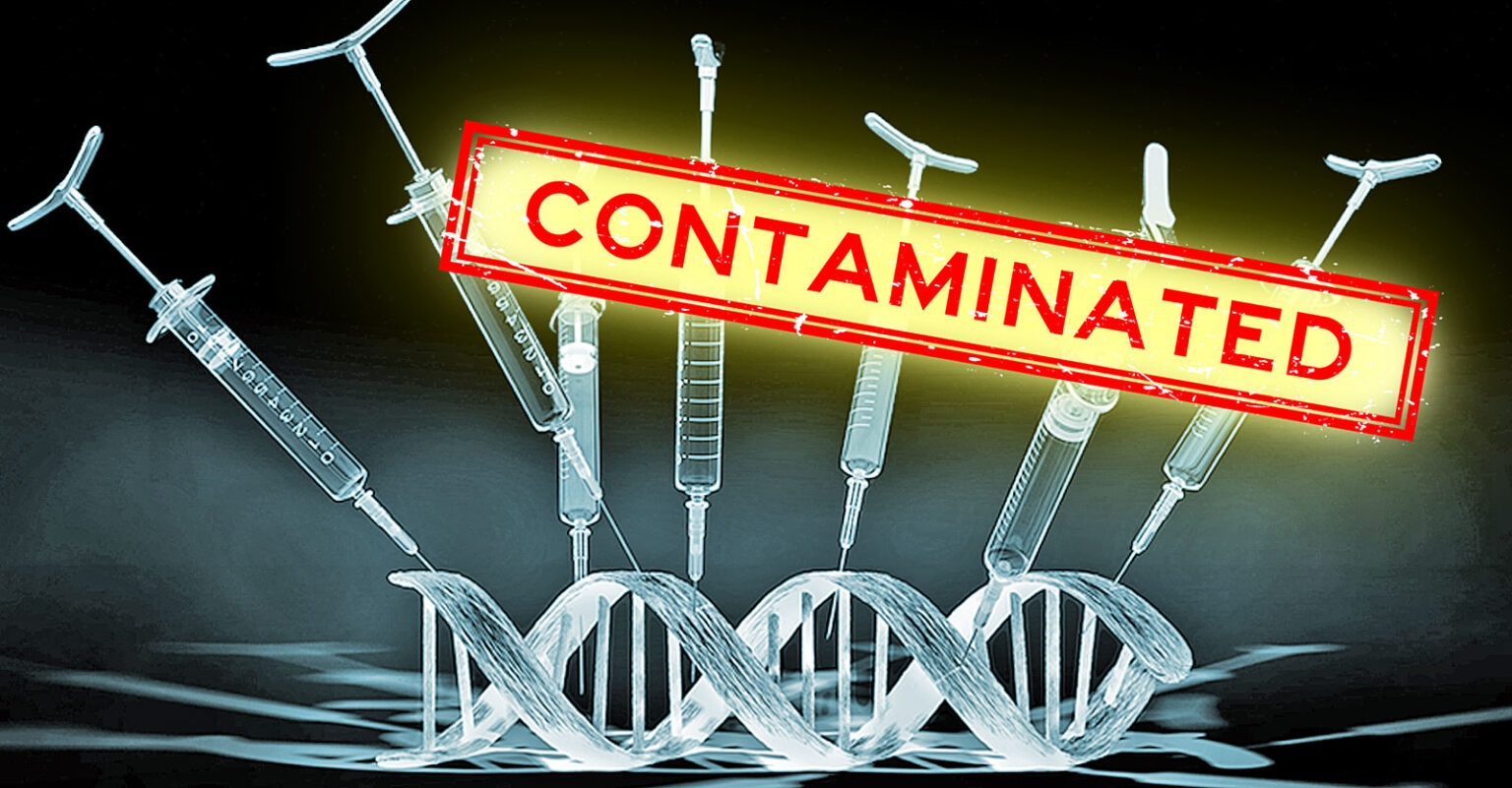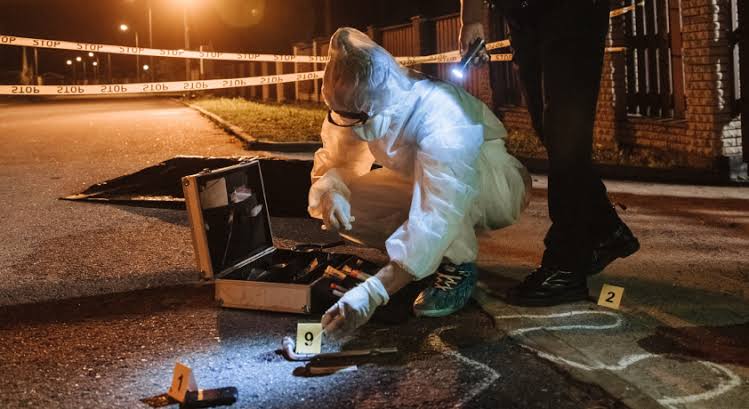Introduction:
DNA evidence is regarded as particularly valuable for establishing the personal identity of defendants in criminal cases. Nonetheless, this evidence is quite sensitive. The evidence consists of biological samples subject to degradation, contamination, or other influences. Consequently, we must manage the evidence with extreme caution and properly record every detail regarding the position, condition, and collectors of the samples. The improper management of DNA evidence, including an inadequate chain of custody, contamination, or the involvement of incompetent persons during a crime scene investigation, may render such evidence ineffective.
Initiate the chain of custody, which oversees evidence from its collection to its presentation in court. Upon receipt of comprehensive documentation regarding the collection, transmission, or preservation of the evidence during its delivery, we may advance to subsequent proceedings. Participation in these procedures requires the name and signature of each participant. This will maintain the integrity of the evidence and make it admissible in court. An incomplete chain of custody will diminish the evidence's value and reliability, leading the court to disregard DNA profiling as pertinent information. The critical information pertains to the manner in which this profile arrives at the crime scene (via direct or indirect transfer), the timing of its arrival (prior to or subsequent to the crime), and its capacity to endure on an object for an extended duration, influenced by various factors including the nature of the surface (smooth or absorbent) and environmental conditions (humidity, temperature, light exposure, etc.). Furthermore, it is essential to protect the integrity of this evidence during its transformation and preservation to prevent any contamination or degradation. The chain of custody is essential for guaranteeing the integrity of the evidence and for clearly demonstrating any progression or significance in the outcome.

Chain of custody
The 2009 National Academy of Sciences report claims that nuclear DNA analysis is the sole technology that reliably links evidence to a specific individual or source. Therefore, it is essential to maintain the integrity of the evidence and prevent any potential contamination. Contamination may occur at any stage of the investigation, especially during collection or transmission. Biological traces, including hair and fibers unintentionally left at a crime scene by police or someone else, may undermine the authenticity of the actual evidence. Furthermore, insufficient personal protective equipment during the collection or transfer process may lead to DNA contamination between samples. The 2019 research conducted by Gorey et al. revealed significant DNA loss due to glove transfer, underscoring the importance of reducing glove contamination to maintain accurate profiles. Forensic laboratories encounter contamination hazards when utilizing insufficient detergents or sterilizers to remove remaining DNA from previous cases on the test bench, thus compromising the integrity of evidence in subsequent cases. Contamination is a critical concern as it may not only result in the dismissal of a case once presented in court but also potentially lead to the wrongful conviction of innocent parties. This issue is associated with another deceptive concern, namely the existence of inadequately educated or inefficient forensic personnel.

DNA contamination
The increased sensitivity of profiling systems in forensic studies has led to a higher probability of contamination, necessitating supplementary approaches and heightened vigilance to mitigate this danger. Law enforcement authorities persistently neglect to adhere to these requirements, notwithstanding the increasing knowledge of contamination and best procedural practices in forensic laboratories. Researchers employed ambient DNA monitoring at two prominent police units to investigate the contamination risk posed by police officers. The findings indicate that researchers detected environmental DNA in many samples from hotspots, revealing 16 previously undiscovered instances of contamination during casework from 2009 to 2015. The study emphasizes the need to improve best practice methods and provide appropriate training to increase awareness of elevated contamination risks in new multiplex systems. This technique seeks to develop personnel capable of preventing contamination by utilization of appropriate equipment, tools, and methods. Contamination may arise at any phase of the study, from sample collection to laboratory analysis. All personnel engaged in the investigation must be proficient in the proper collection, packaging, and preservation of biological samples, employing various instruments for sample collection or testing, and applying personal protective equipment during the process.
Mishandling of DNA evidence may be the legal loophole that may be exploited by attorneys to nullify the conviction. O.J. Simpson trial is a clear example of that. A research paper examines the complexities and challenges of presenting DNA evidence in court, with a focus on the Simpson trial. The defense arguments regarding potential contamination and evidence tampering are discussed. The text underscores the importance of rigorous scientific procedures and objective interpretations in forensic DNA testing to ensure the integrity of evidence presented in court. The defense argued that evidence of Simpson's murder was cross-contaminated, suggesting criminal Yamauchi might have tampered with the Bundy swatches. They also suggested sloppy handling of samples, including poorly trained staff and errors in sample collection. Dr. John Gerdes found a history of contamination problems at the LAPD laboratory, largely due to cross-contamination. These arguments were part of the defense's strategy to neutralize DNA evidence


O.J. Simpson case taught police what not to do at a crime scene
In summary, DNA constitutes significant proof. It possesses a robust ability to associate the suspect with the crime. This evidence is extremely vulnerable to degradation because of its heightened sensitivity. The biological nature of this evidence renders it subject to degradation, contamination, and destruction. Preserving its integrity necessitates certain measures such as a comprehensive chain of custody, safeguards against contamination, and sufficient staff training. Improper management of this material may result in substantial repercussions.
References:
⦁ Afridi, N. (2021). The current status of forensic science and its impact on administration of criminal justice system in Pakistan: An analytical study. Available at SSRN 3781586.
⦁ Fonneløp, A. E., Johannessen, H., Egeland, T., & Gill, P. (2016). Contamination during criminal investigation: Detecting police contamination and secondary DNA transfer from evidence bags. Science International: Genetics, 23, 121-129. ⦁ https://doi.org/ HYPERLINK "https://doi.org/10.1016/j.fsigen.2016.04.003"10.1016 HYPERLINK "https://doi.org/10.1016/j.fsigen.2016.04.003"/j.fsigen. HYPERLINK "https://doi.org/10.1016/j.fsigen.2016.04.003"2016.04.003
⦁ Thompson, W. C. (1996). DNA evidence in the OJ Simpson trial. U. Colo. L. Rev., 67, 827.
⦁ Toncic, V., & Silva, A. (2021). The Contamination and Misuse of DNA Evidence. Voices of Forensic Science, 1(1), 47-57.
⦁ Wahab, M. I. Reasons for Potential Unreliability of DNA Evidence: A Critical Examination.

